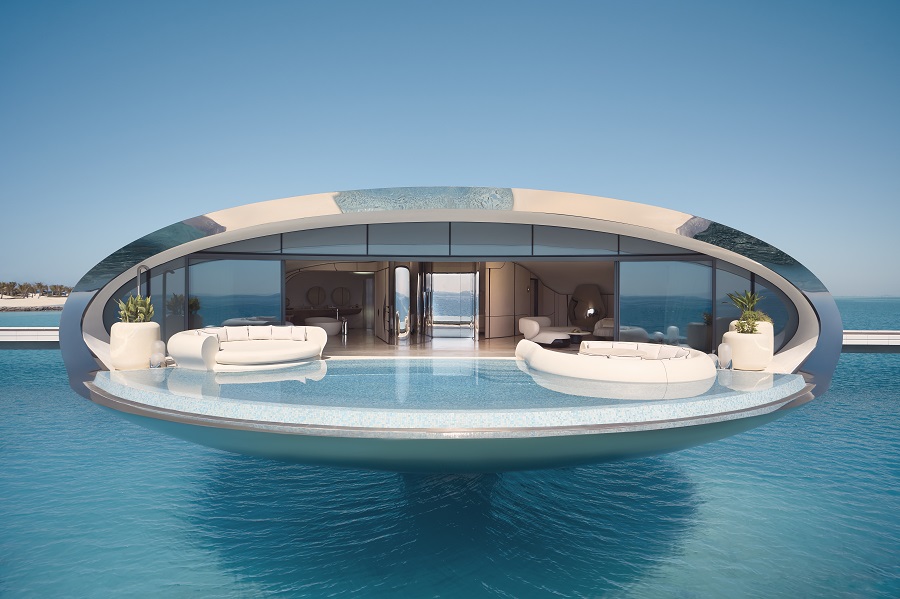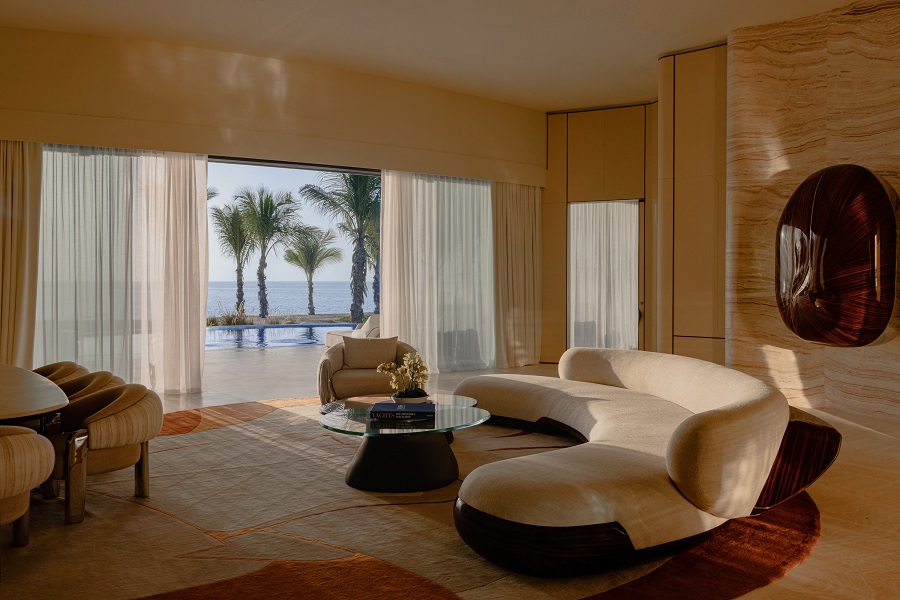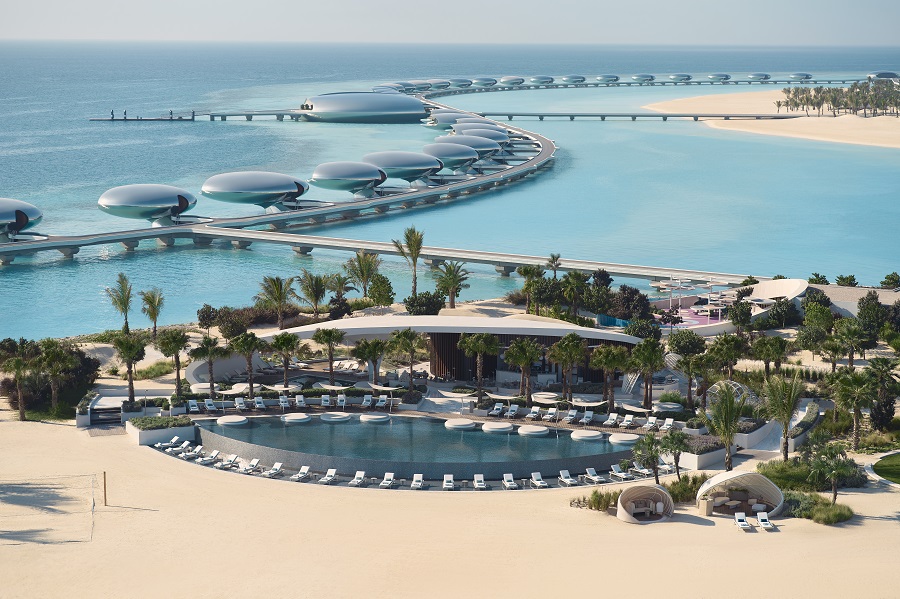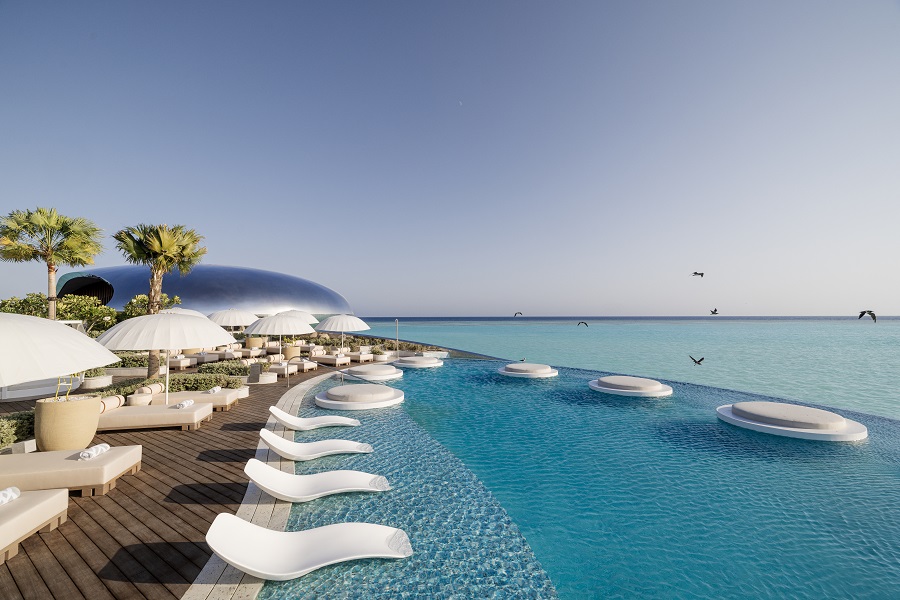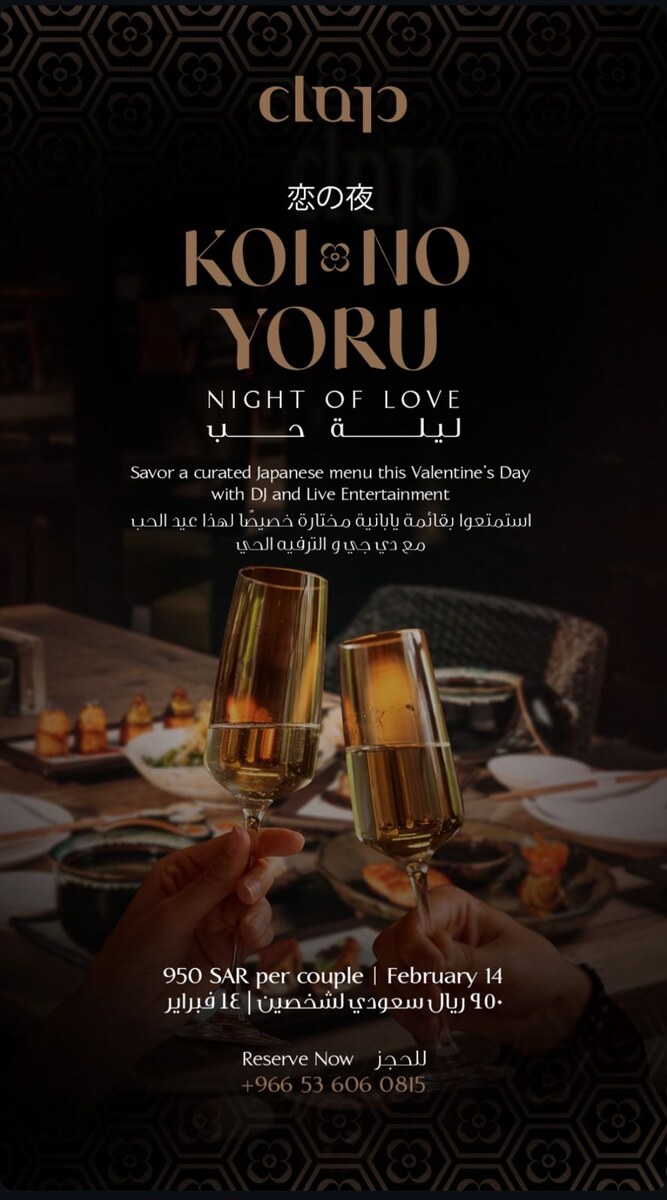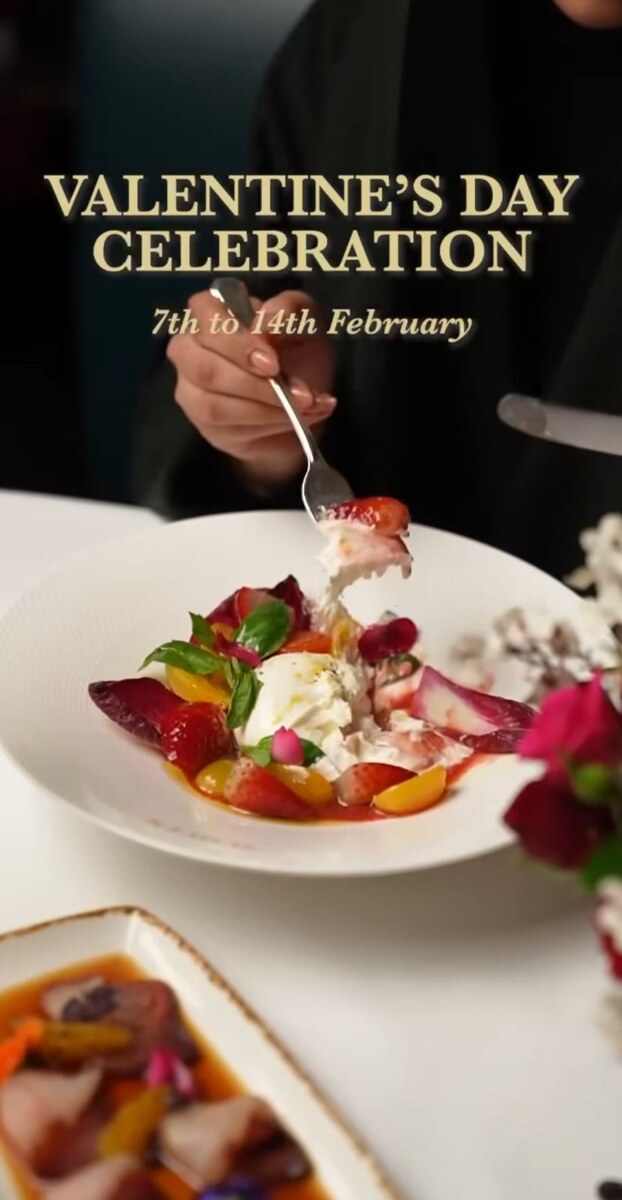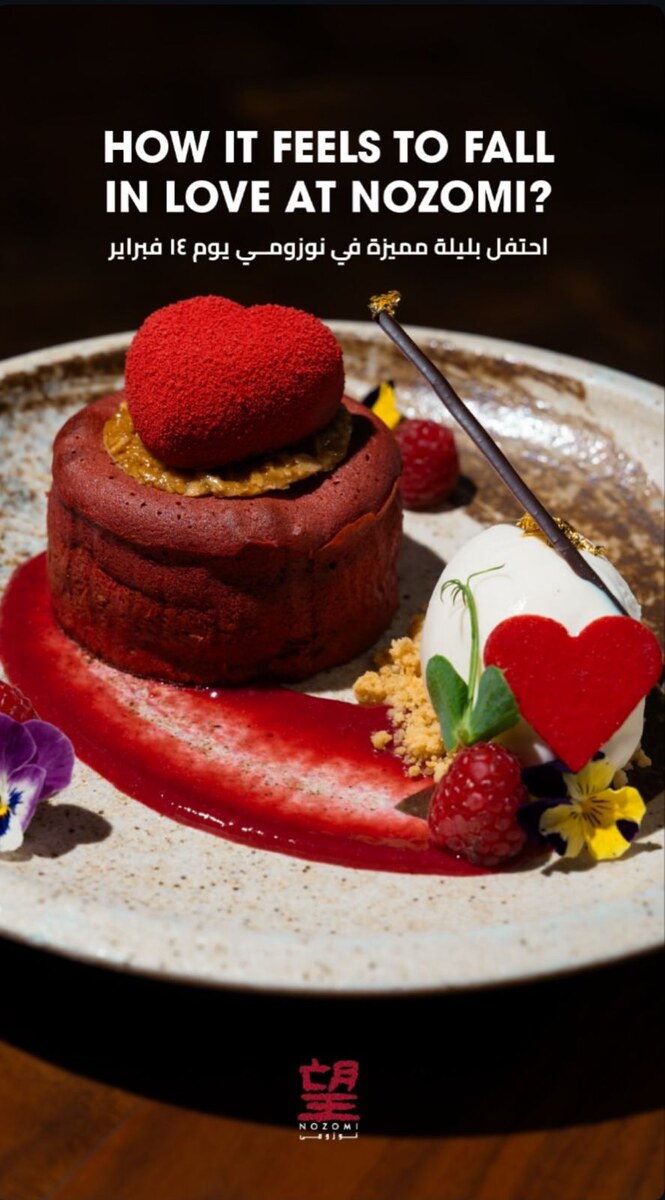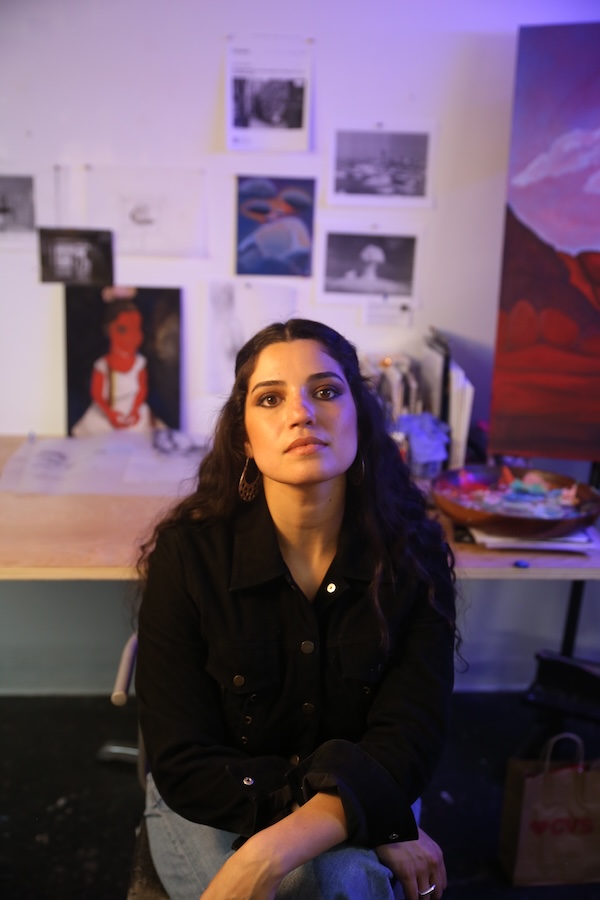BATUMI: Georgia’s tourism authority has said it aims to triple the amount of visitors the country receives from Saudi Arabia over the next five to 10 years.
With direct flights operating from Jeddah and Riyadh — as well as Dubai — Batumi is becoming an increasingly popular destination for GCC residents. It’s less than four hours by plane, and there’s just one hour’s time difference from the Kingdom. Safety and affordability are also major draws.
Batumi has much else to offer, including 21km of swimmable areas along its coast, stunning botanical gardens overlooking the clear blue waters of the Black Sea, and, of course, the sea itself.
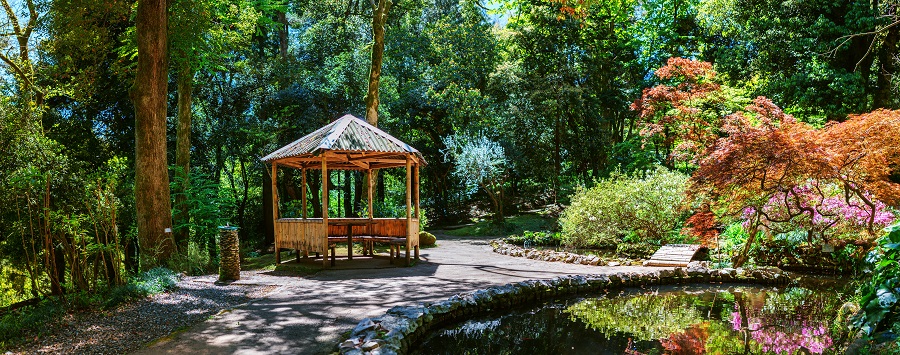
Batumi Botanical Garden overlooks the clear blue waters of the Black Sea. (Shutterstock)
There is also the beautiful lush countryside no more than an hour’s drive from the city center. There, you’ll find walking trails through the tree-lined mountains and hills; valleys filled with vineyards; and rivers and streams that cut through the undergrowth. Visit the breathtaking Makhuntseti waterfall, which is located in the village of the same name.
Another must-visit just a short drive out of the city is the point at which the muddy waters of the Acharistskali meet the clear Chorokhi river that enters from Turkiye. The two rivers join, but do not appear to mix at first. There are many theories as to why: some say it’s the difference in density or minerals of the water, others believe it is due to temperature difference. What all can agree on is that it provides an extraordinary sight as the two rivers flow alongside each other undisturbed before finally blending further downstream.
Batumi’s surrounding countryside, then, is the perfect place to unwind, but also to get involved in outdoor pursuits such as mountaineering. For the less energetic, there’s always bird watching — hundreds of thousands of migratory species suddenly appear around Batumi every September.
But you don’t have to leave the city to enjoy some nature: Batumi is home to a number of landscaped parks and gardens, including the Seaside Park, which runs alongside the boardwalk for 7km, and is filled with plants, trees and sculptures.

The Kinetic Statue of Ali and Nino stands in Batumi. (Shutterstock)
There’s also the 108-hectare Batumi Botanical Garden — one of the largest in the former Soviet Union — in Mtsvane Kontskhi, around 9km from the city center. As well as the carefully thought-out gardens, there is also a zipline that runs in front of the cliff face – the greenery on your left and the sea to the right — and way down below.
A stroll along the boardwalk provides views of the mountains, the sea and the modern towers that decorate parts of Batumi’s coast, as well as the mesmerizing kinetic statue of Ali and Nino — the creation of Tamara Kvesitadze which tells the story of a Muslim and Christian who fell in love.
In the same area are various boats offering short trips to sea to get a wider view of the city’s impressive coastline.
Away from the water, the city streets are perfect for wandering — the older, smaller, architecture offering a more-relaxing environment along the tree-lined historic areas which open into various squares where you can relax at one of the many cafés and restaurants. You might even catch a display of traditional Georgian dancing, where the men leap impressively into the air, while the women seem to glide effortlessly around.
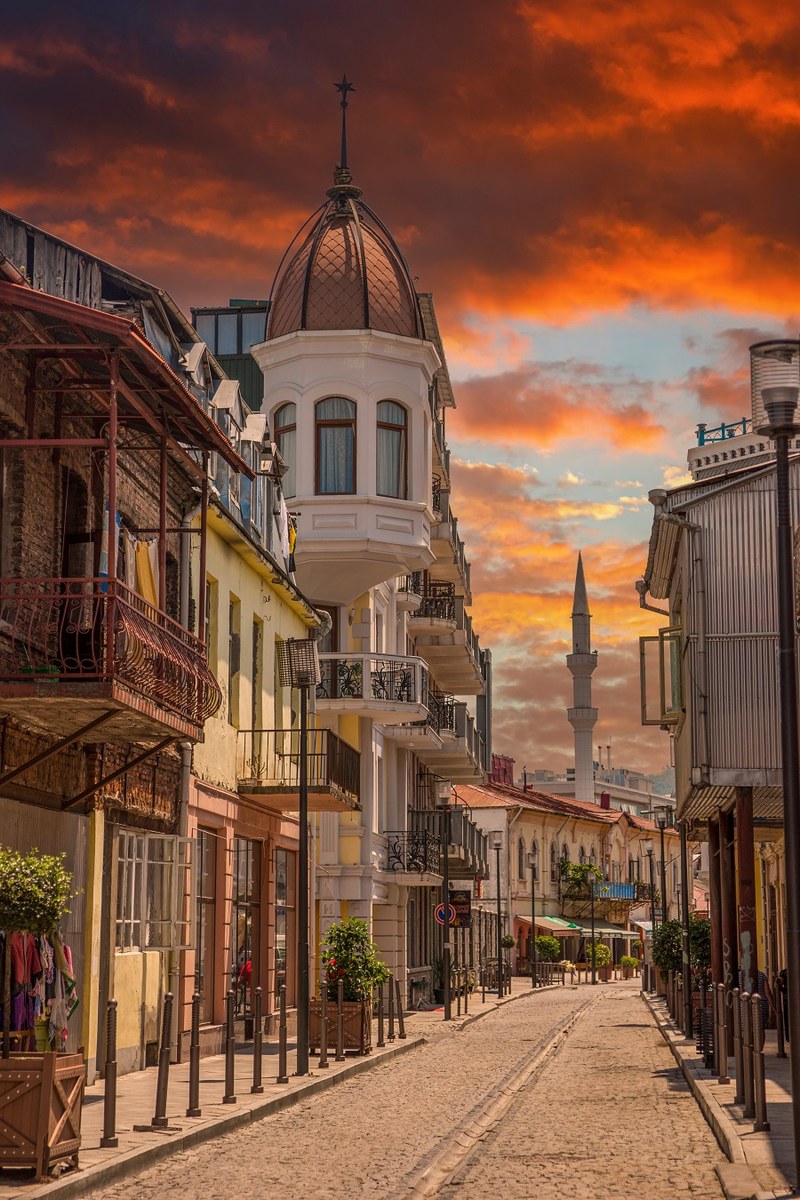
Batumi's Old Town boasts various architectural styles. (Shutterstock)
As for the food… be warned, Georgians love carbs. But it’s worth indulging in a Khachapuri Adjaruli — a boat-shaped white bread dough, covered in a heavy white cheese, with a raw egg on top.
There’s also the traditional Khinkali — a dumpling filled with meat and gravy. Eating this is a skill in itself — you bite a small hole in the dumpling and take a slurp of gravy before savoring the meat. But do wait for it to cool before trying this!
Stews are heavily featured, and if these don’t float your boat, then the grilled meat is a great option, alongside a bowl of Georgia’s finest tomato and cucumber salad — especially welcome after a few hours tramping through the winding streets or following a leisurely stroll through the mountains.
Whether you plan to make Batumi part of a wider visit to Georgia, or simply to spend a week or long weekend here, it’s a great location to relax, explore, and — if 95 percent of Saudis surveyed are to be believed — come back to.





